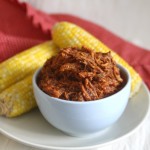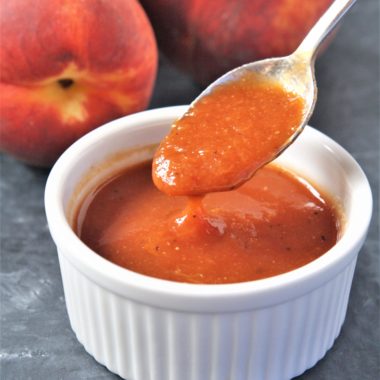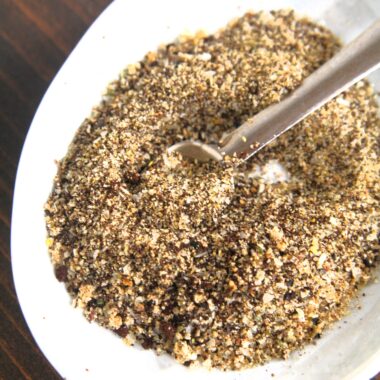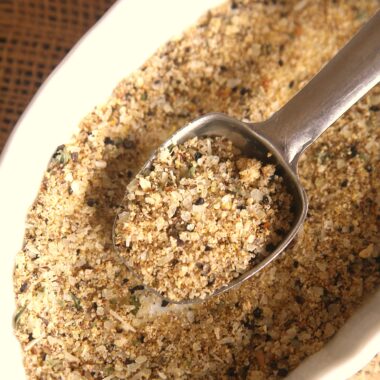Last Updated on February 7, 2025 by Karen
Discover the difference between baby back ribs and spare ribs, including their flavor, texture, and cooking methods. Learn which type of pork rib is perfect for your next BBQ or grilling session!
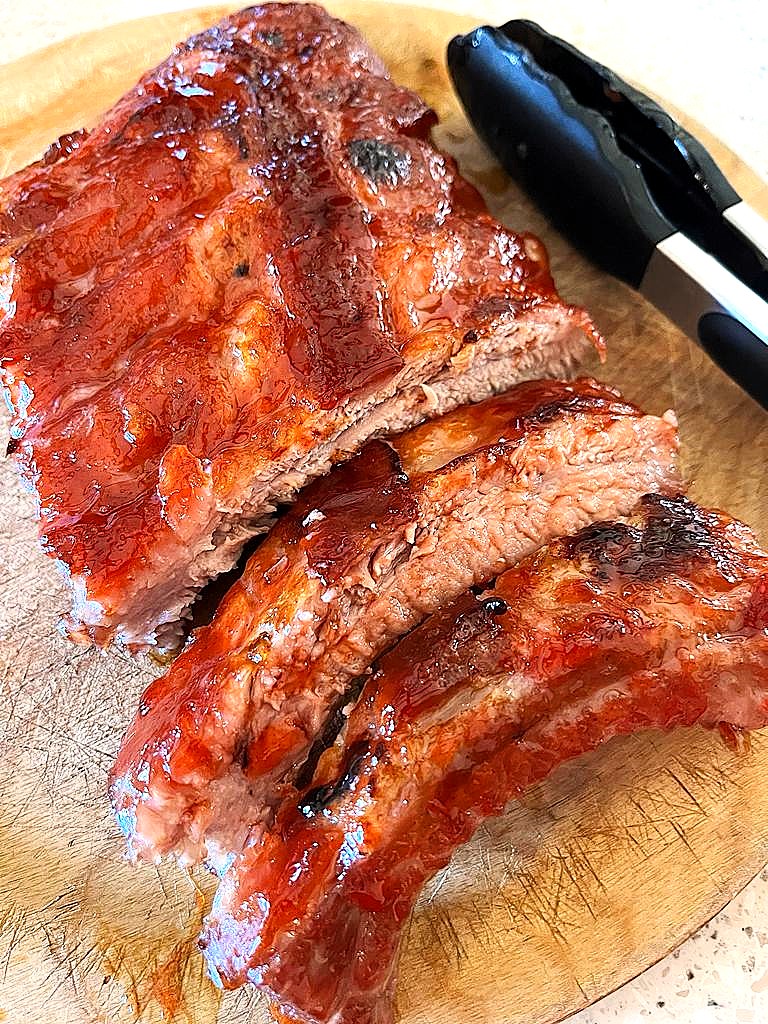
Barbecuing is an art, and when it comes to perfecting that art, few cuts of meat are as iconic as pork ribs. Whether you’re a seasoned rib connoisseur or someone just starting to experiment with ribs, one of the first questions you might ask is, “What’s the difference between baby back ribs and spare ribs?” With so many different types of ribs, like St. Louis-style ribs, rib tips, and even short ribs, the world of pork ribs can feel overwhelming. But don’t worry—we’re here to break it down for you and help you find your next favorite rack of ribs.
Some recipes you’ll love:
Award Winning Brisket Rub Recipe (Secret Texas BBQ Recipe)
Best Homemade Coffee Rub Recipe for BBQ Brisket
Homemade Peach and Whiskey Barbecue Sauce Recipe
What Are Pork Ribs?
Pork ribs are a popular cut of meat taken from the ribcage of a pig. They are known for their rich, tender meat and are a favorite at barbecues, grilling sessions, and family dinners. Ribs can be divided into several types, depending on where they are cut from on the pig’s ribcage. These cuts include baby back ribs, spare ribs, St. Louis-style ribs, and rib tips. Each type of pork rib offers a slightly different texture, flavor, and cooking requirement, making them versatile for different cooking methods such as grilling, roasting, or slow cooking.
Here’s a quick breakdown of the main types of pork ribs:
Baby Back Ribs: These come from the upper part of the ribcage, near the spine, and are smaller, leaner, and more tender than the larger spare ribs. They’re often the go-to for grilling or smoking and typically cook faster.
Spare Ribs: These ribs come from the lower part of the ribcage, near the belly. They are larger, meatier, and have more fat compared to baby back ribs, which gives them a juicier, richer flavor. Spare ribs take longer to cook and are often slow-cooked or smoked. The boneless ends of these bigger spareribs are sometimes sold as country-style ribs, which are more budget-friendly and are in higher demand.
St. Louis-style Ribs: This is a variation of spare ribs where the rib tips are removed, resulting in a more uniform, rectangular shape. St. Louis ribs are often favored for their cleaner appearance and easier handling during cooking.
Rib Tips: These are the small, flavorful pieces that are cut off when preparing St. Louis style ribs. They are often smoked or grilled and can be a delicious addition to a rib feast.
Pork ribs are highly prized for their tender, juicy texture and rich flavor. Depending on the cut, they may contain varying amounts of meat, fat, and connective tissue, all of which contribute to their unique taste and texture. Whether you prefer the leaner, milder taste of baby back ribs or the richer, fattier taste of spare ribs, pork ribs are a versatile and delicious meat option for many cooking styles.
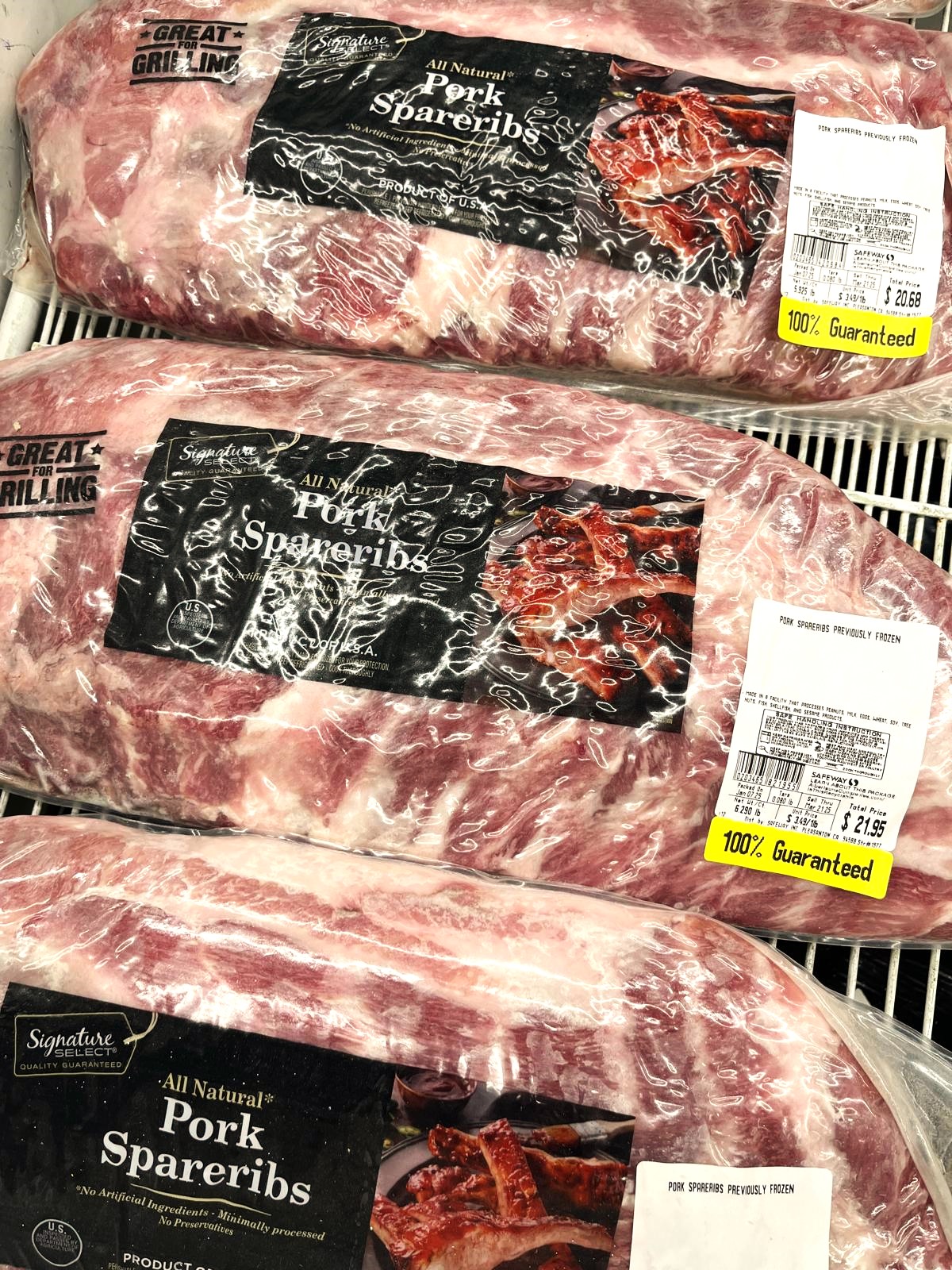
Baby Back Ribs: The Leaner, Smaller Cut
Let’s start with baby back pork ribs, often the popular choice at BBQs and grilling competitions. This cut is taken from the upper ribs, close to the back of the pig, and is sometimes referred to as pork loin ribs or back ribs. These ribs are shorter, with a smaller size than their counterparts, and typically contain fewer ribs—about 8 to 13 per rack of baby back ribs.
What Makes Baby Back Ribs Special?
Lean Meat & Tender Texture: Baby back ribs are prized for their leaner meat, making them an excellent choice for anyone who prefers tender meat that isn’t too fatty. They’re less marbled compared to spare ribs, which makes them cook faster, requiring less time on the grill or in the smoker.
Mild Flavor: Because of their leaner composition, baby backs have a more delicate flavor. This allows you to really taste the spice rub and BBQ sauce you apply, making them ideal for those who prefer a more subtle flavor profile. But don’t worry, you can still add your favorite barbecue sauces and dry rubs for that extra punch!
Faster Cooking: With smaller bones and a higher percentage of meat on top of the bones, baby back ribs generally require a shorter cooking time. This makes them perfect for a hungry adult who doesn’t want to wait hours for their ribs to be done.
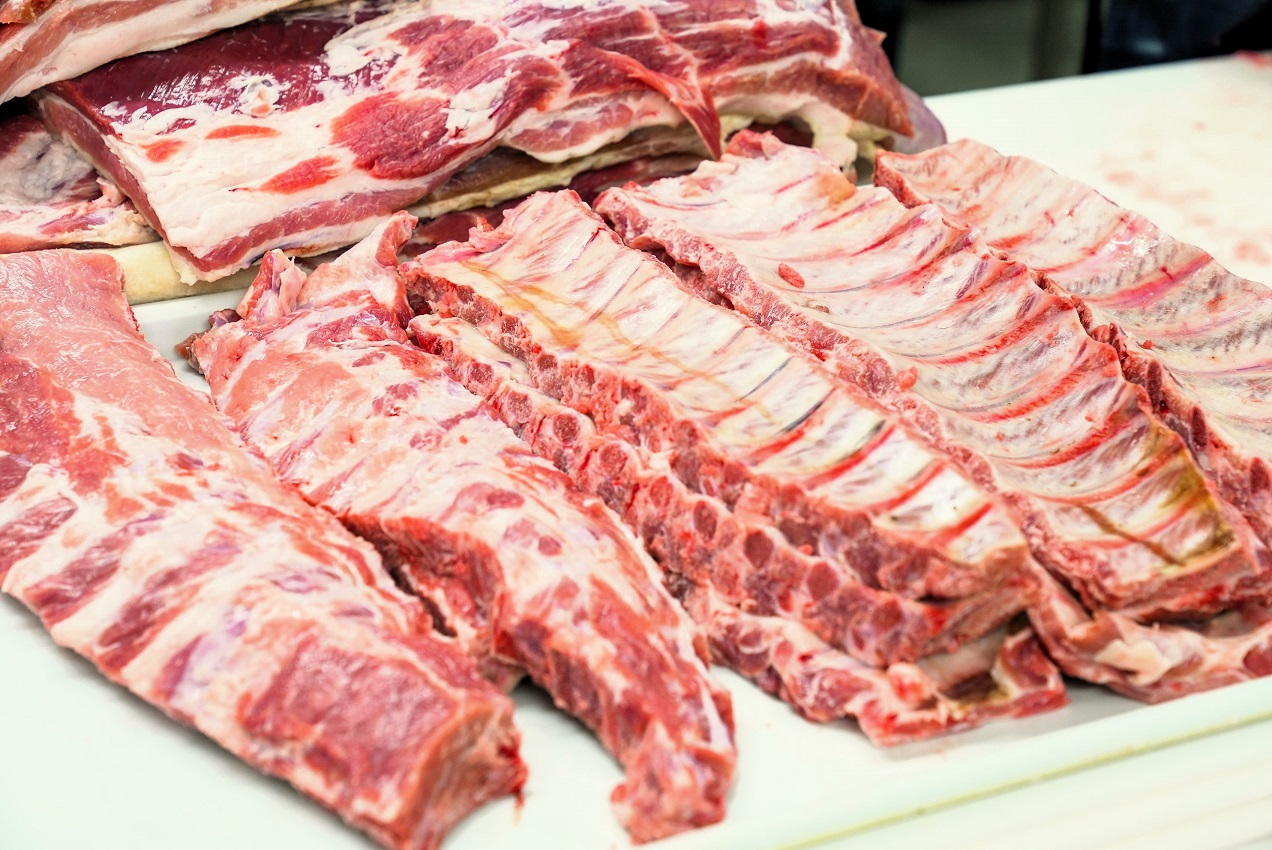
Spare Ribs: The Richer, Juicier Cut
On the other hand, spare ribs are larger and come from the lower part of the pig’s ribcage, around the belly area, often referred to as the belly of the animal. Spare ribs are a larger size, with a rack of spare ribs containing anywhere from 11 to 13 ribs per slab of spare ribs. These ribs are less curved and flatter, which means they have a higher amount of fat compared to baby backs.
What Makes Spare Ribs Special?
Higher Fat Content: The higher fat content in spare ribs makes them a juicier, more flavorful cut. As the fat renders during slow cooking, it keeps the meat moist and tender, making it ideal for those who love a rich flavor in their ribs.
A Chewy, Meaty Bite: While the connective tissue and chewy cartilage in spare ribs can make them a bit tougher, this same feature allows the meat to develop a deep, complex flavor when cooked for a long time. This means that spare ribs are perfect for slow cooking, as this method allows the fat to break down and tenderize the meat.
Longer Cooking Time: Due to the higher fat content and the thicker bones, spare ribs require a longer cooking time. Whether you’re smoking them low and slow or slow-roasting them in the oven, the extended cooking time helps break down the connective tissue, resulting in those melt-in-your-mouth meaty ribs everyone craves.
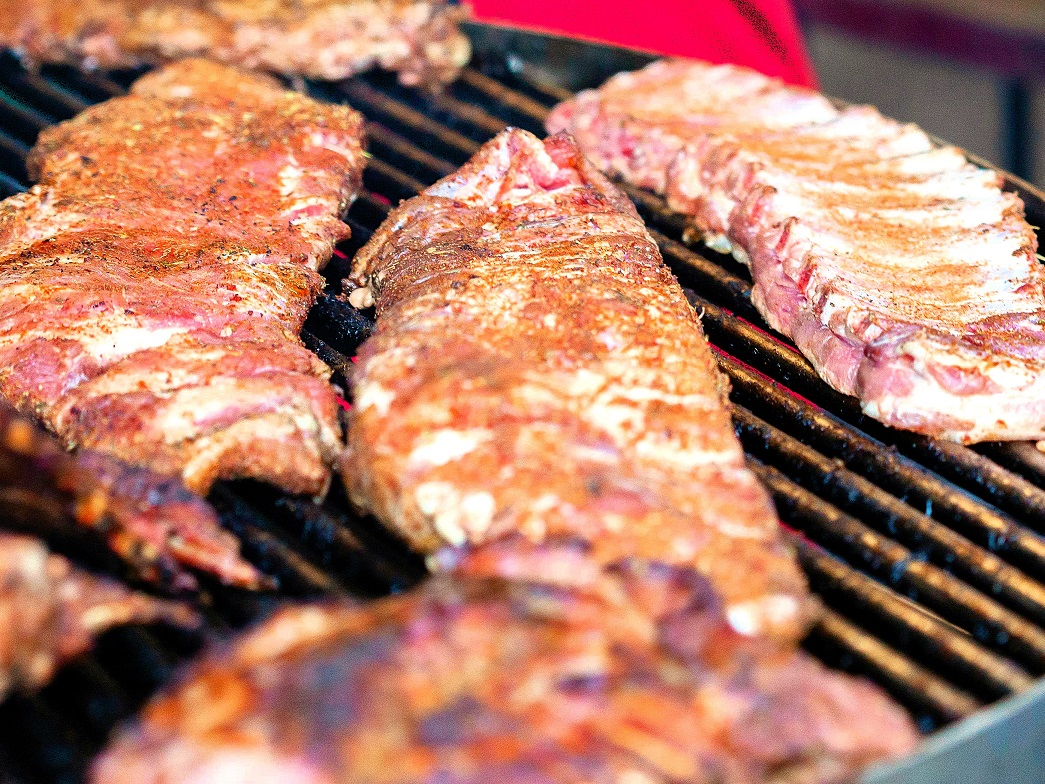
The Real Difference: Baby Back Ribs vs. Spare Ribs
Size & Location: Baby back ribs come from the upper ribs, close to the spine (back of the pig), while spare ribs come from the belly of the pig, lower on the ribcage. This difference leads to baby back ribs being smaller, with a more curved shape, while spare ribs are larger and flatter.
Fat Content: Baby back ribs are leaner, with less meat and a lower fat content. Spare ribs, in contrast, have higher fat content, making them juicier and flavorful, but also meatier and chewier.
Cooking Time: Baby back ribs cook in a shorter time due to their leaner and more tender nature, while spare ribs benefit from a longer cooking time, allowing the fat to render and the meat to become tender.
Flavor: The higher fat content in spare ribs gives them a richer, more intense flavor, while baby back ribs offer a milder, more delicate taste, which is why they are often marinated or seasoned with a dry rub to add extra flavor.
Cost: Because baby back ribs are often considered a premium cut, they tend to come with a higher price tag compared to spare ribs, which are usually more affordable due to their larger size and higher fat content.
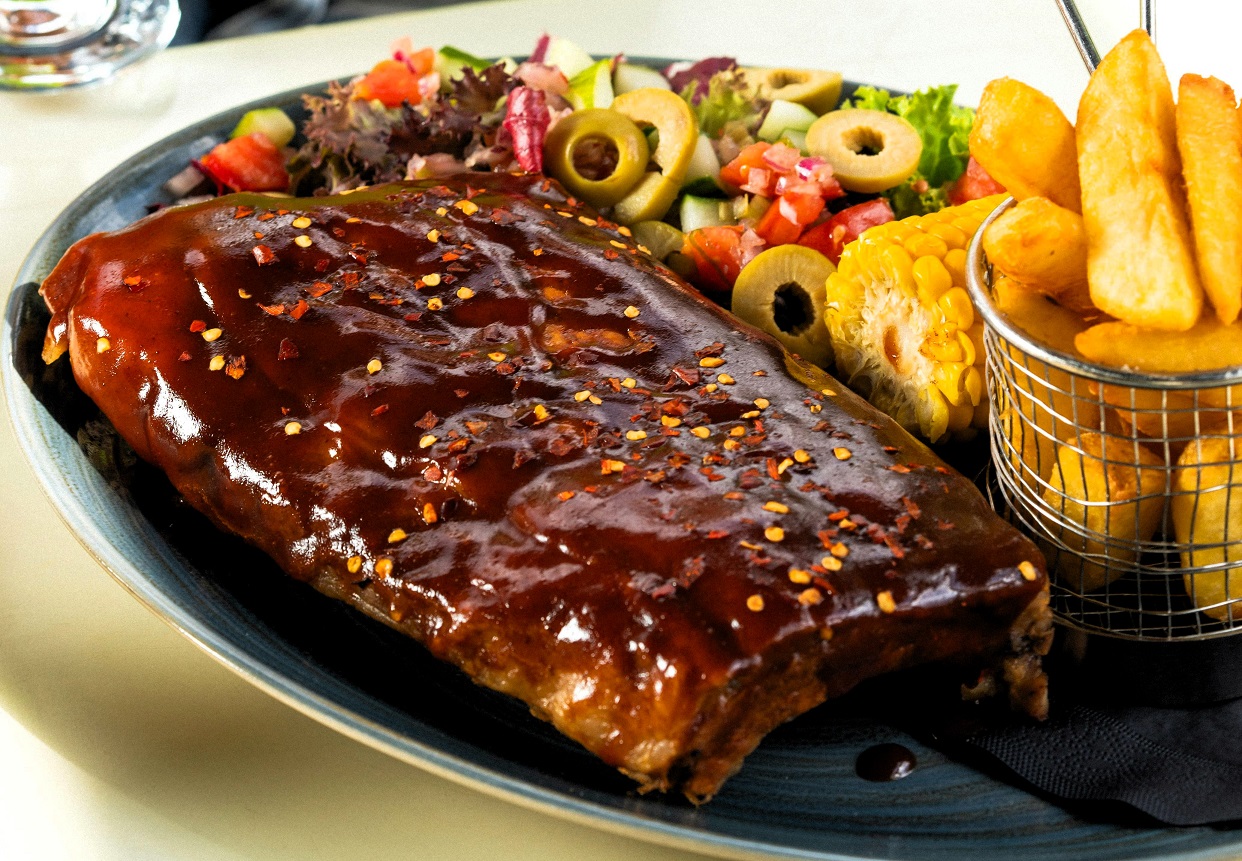
Which Type of Rib Should You Choose?
So, when it comes to choosing between baby back ribs and spare ribs, there is no right or wrong answer—it all depends on your personal preference.
If you prefer leaner meat, a quicker cooking time, and a more delicate, tender flavor, baby back ribs are your best bet. They’re also perfect for those looking for smaller ribs or a faster meal that’s still delicious and satisfying.
On the other hand, if you love a richer flavor, juicy meat, and don’t mind waiting a bit longer for that perfect bite, spare ribs are the way to go. With their higher fat content and larger size, they’re perfect for someone who’s craving a meaty rib with a chewy texture and deep flavor.
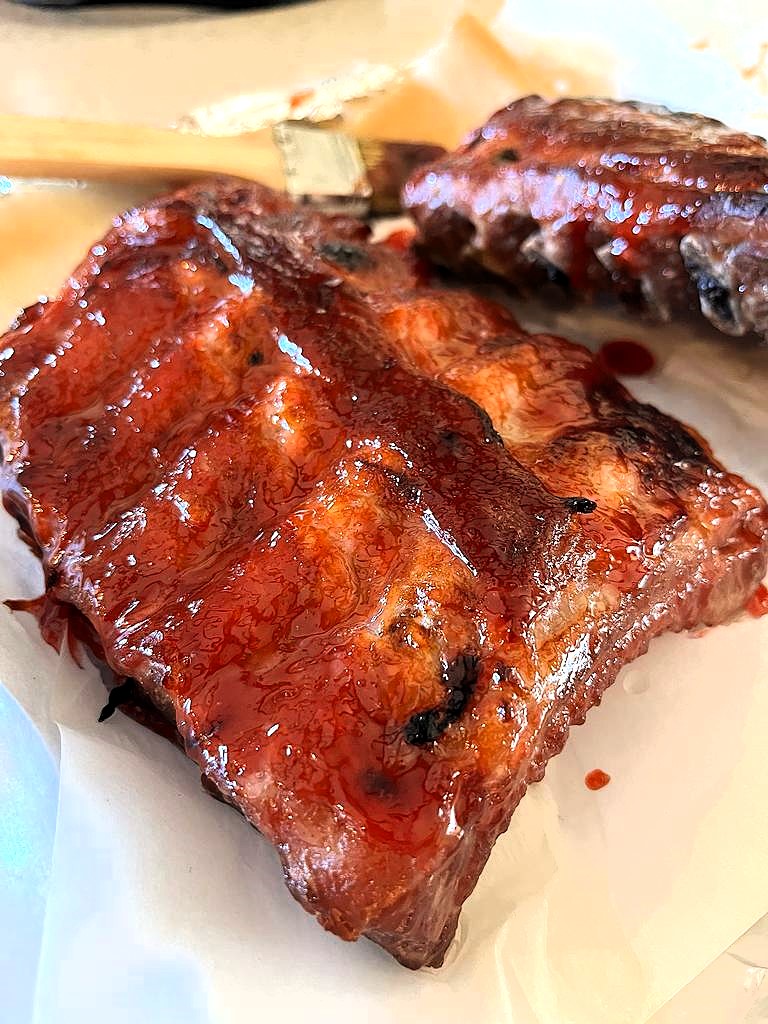
Tips for Cooking Both Types of Ribs
Baby Back Ribs: For baby back ribs, a simple spice rub with ingredients like black pepper, kosher salt, and brown sugar will go a long way in bringing out the best flavors. Grill or bake them with indirect heat to preserve their tenderness. Finish with a nice glaze of your favorite barbecue sauce for that signature sticky finish.
Spare Ribs: Spare ribs require a bit more patience, so be prepared for a longer cooking time. For the best results, try slow cooking them in a smoker, or cook them low and slow in the oven. A dry rub made with brown sugar, paprika, and garlic powder will add depth to their rich flavor. For an even juicier bite, you can wrap the ribs in foil halfway through the cooking process to lock in moisture.
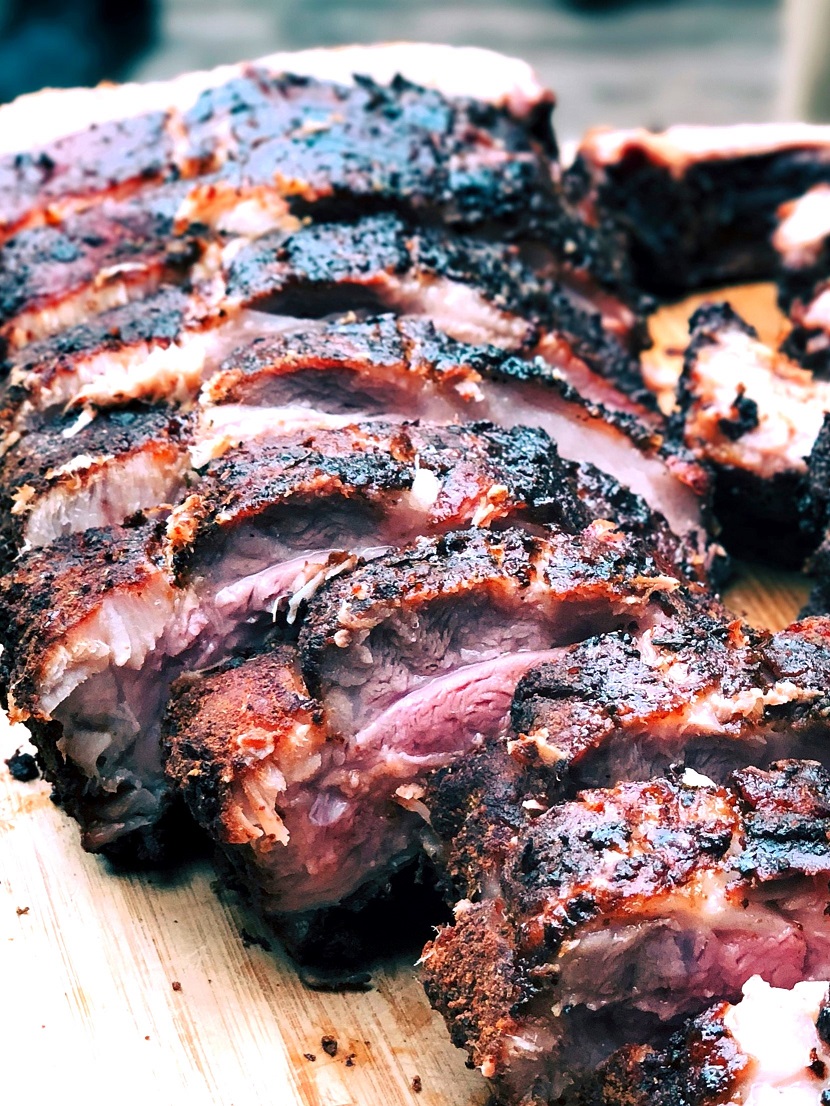
So What Are The Best Rib for Your BBQ?
No matter which type of rib you choose, both baby back ribs and spare ribs can be turned into a mouthwatering dish when cooked the right way. Whether you go for a baby back rib rack for a faster meal or a slab of spare ribs for a slow-cooked feast, both cuts are sure to be the right choice and best ribs when cooked properly.
So, next time you’re at the grocery store or butcher’s counter, take a moment to consider the different cuts and flavors of pork ribs available. Your perfect rib may be closer than you think! Bon appétit, and enjoy your delicious ribs!

